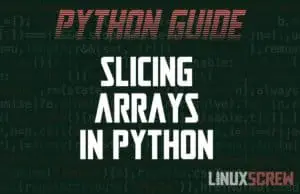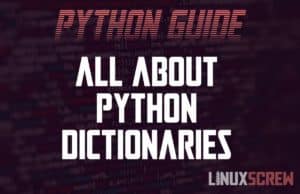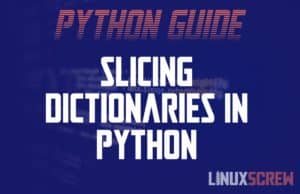Home » Search results for 'python string'
Converting String to Boolean in JavaScript, With Examples
This tutorial will show you how to convert a string value to boolean in JavaScript, with working code examples for several situations. Why Are You Converting Strings to Booleans? Really, you should not be storing boolean data in a string, but there are several scenarios where it can arise: Boolean values arising from user input Values taken from HTML form elements, which can only contain string values Data taken from poorly formatted third party sources, like APIs or CSV files Once you have data containing … Read more


![The startsWith() Method for JavaScript Strings [Examples] 2 JavaScript startswith()](https://www.linuxscrew.com/wp-content/uploads/2022/05/javascript-startswith-300x194.jpg)
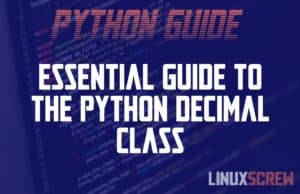
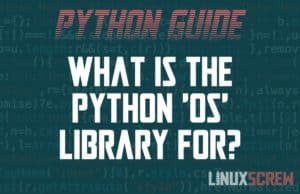
![How to Reverse a String in JavaScript in One Line of Code [Example] 5 Javascript Reverse String](https://www.linuxscrew.com/wp-content/uploads/2022/01/javascript-reverse-string-300x194.jpg)
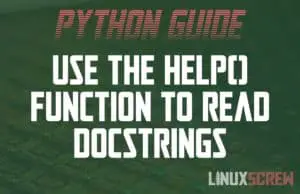
![Checking for Inequality in Python: '!=' vs 'is not' [Examples] 7 Python Not Equal](https://www.linuxscrew.com/wp-content/uploads/2021/11/python-not-equal-300x194.jpg)
